What's that goo in my herbal remedy?
Some of you may have seen that I've been writing a series of posts about making herbal remedies at home. I want to share what I know of this topic so that, as the world gets crazier, folks will have other avenues of medical care, namely those of themselves and their community. If you look back over this blog, you can see heaps of info on the topic, plus loads and loads of posts on herbs and using Australian bushfoods from a white perspective. If you haven't been around on in the @hivegarden and @naturalmedicine communities for long, you may be interested in looking back. There's w-a-a-a-a-y too much there for me to repost and the Hive system doesn't let you vote on old posts so, if you're happy with what you find, I believe that there is now a tip option...
When you’re making a tincture of some herbs, the alcohol concentration is very important. I recently posted this about alcohol concentration.
Some compounds such as triterpenes and volatile oils are alcohol but not water soluble and adding enough water to change the concentration of your tincture will cause them to precipitate out as either a sediment that makes the liquid cloudy or a real goo that floats around horribly.
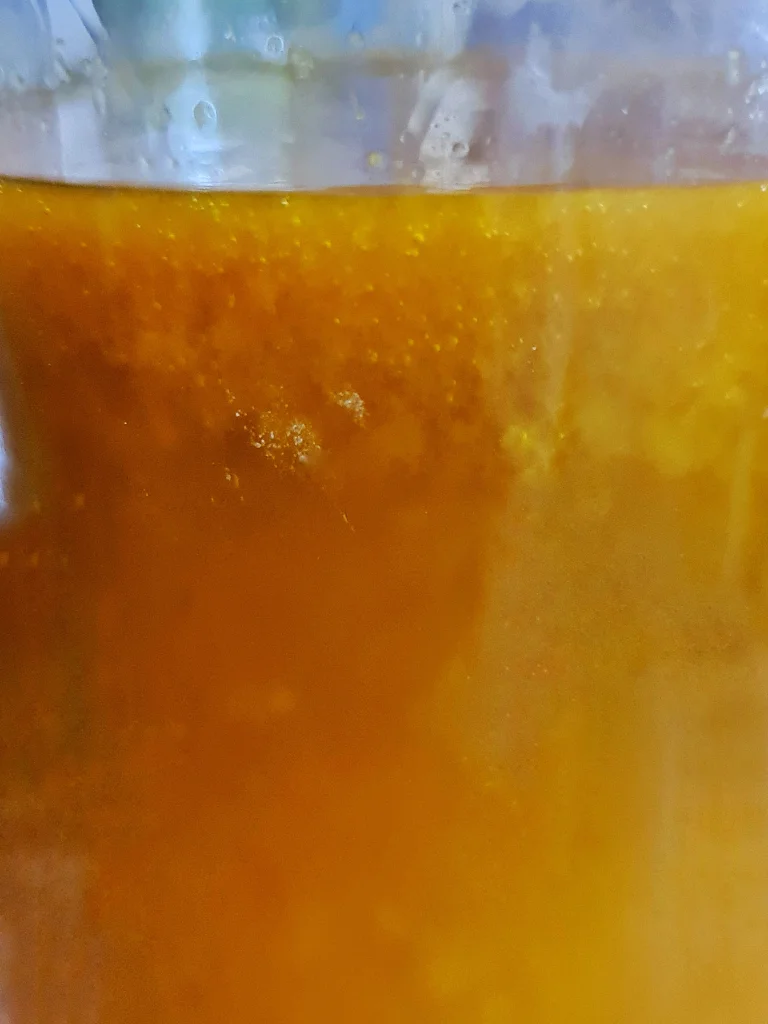
That’s what happened to this Calendula tincture.
I macerated dried flower heads for a month in 85% alcohol. After straining out the marc, I was left with a beautiful, golden coloured liquid. Liquid sunshine! Then I decocted the marc to make the whole process a double extraction. When I let it cool and strained out the depleted flower heads, I was left with a pretty, golden liquid. Nice.
Then I added the liquid from the decoction (water based) to the tincture from the alcohol extraction (alcohol based) and the whole container flocculated (isn’t that a cool word? I think its the right one and it’s too cool a word to miss the opportunity to use) into a golden goo! Yuck! The dissolved resinous, oily material in the flower heads had responded to the drop in alcohol concentration to settle out into a non-water soluble suspension.
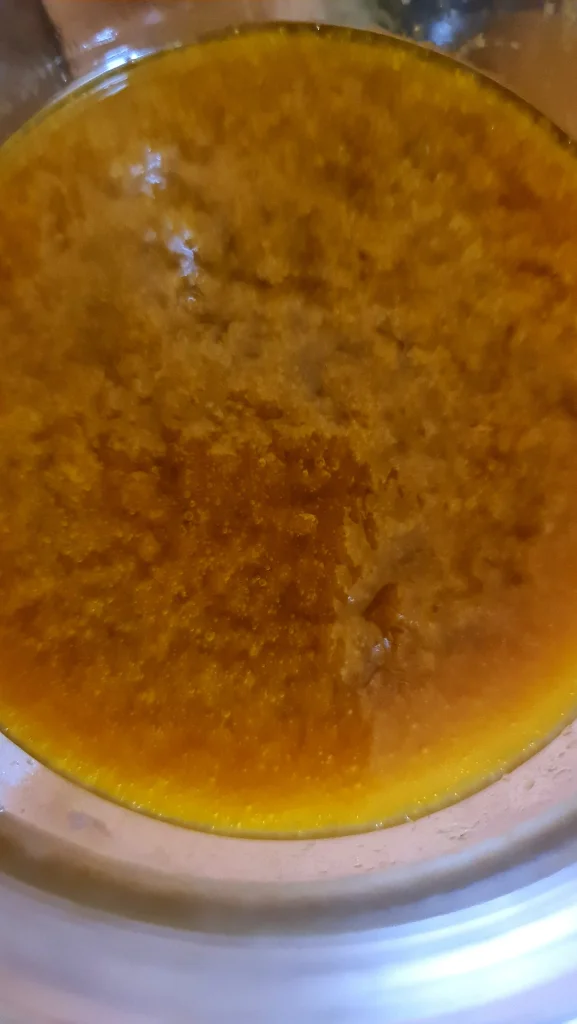
So what to do?
Next time, don’t double decoct high concentrations Calendula extractions, I told myself.
The trick is to increase your alcohol concentration. If you had calculated the new concentration once the water was added, you’ll find that it is now quite low when compared to your original concentration.
The problem now is that even if you try to add stronger alcohol to the tincture, not all of the precipitated compounds will go back into solution. I had the same issue with a Rosemary tincture that I double extracted and added the water component without simmering it down. Only about 20% of what settled out went back into the solution. The rest sits in a jar for demonstrations in advanced tincturing workshops.
Why didn’t it happen to the tincture I made from Vodka last time?
Simply put, the 37.5% Vodka didn’t pull all of these constituents out of the Calendula. This is an example of how different alcohol concentrations can affect the substance of compounds. I’m sure the Vodka extraction will yield a pretty good remedy but a more effective one could have been crafted by choosing the higher concentration.
Options
If this happens to you, don’t throw out your tincture. You can add the strongest alcohol you can obtain to the tincture to try and dissolve some of the precipitate back into it. You will have to shake it all quite vigorously for a while but it will work to a some degree. Otherwise, you can filter out the goo and still have a reasonable tincture to use. Easiest is to just bottle it and use it, remembering to shake the bottle well before using. Your patient’s body should be able to obtain some benefit from the precipitate.

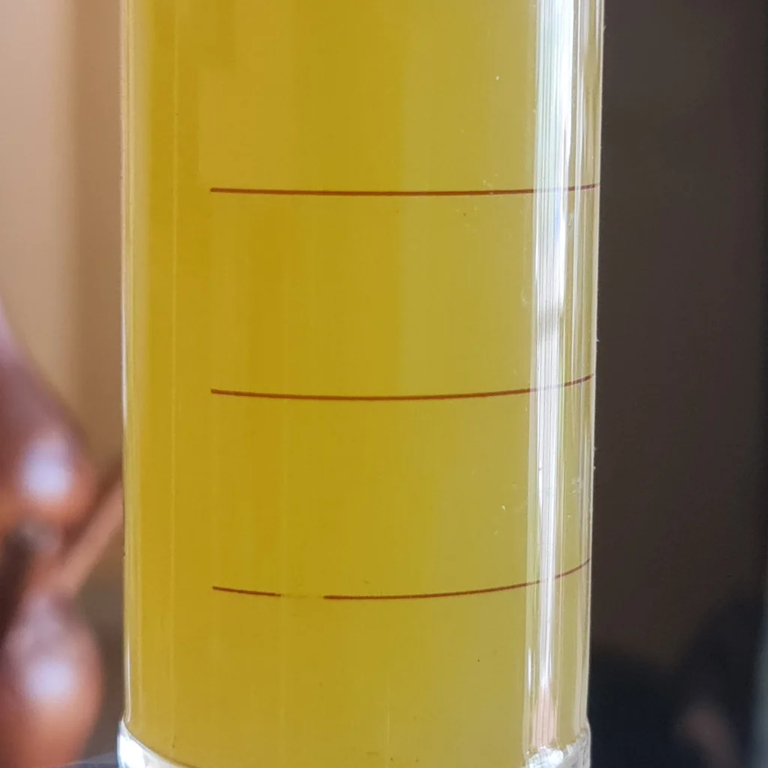
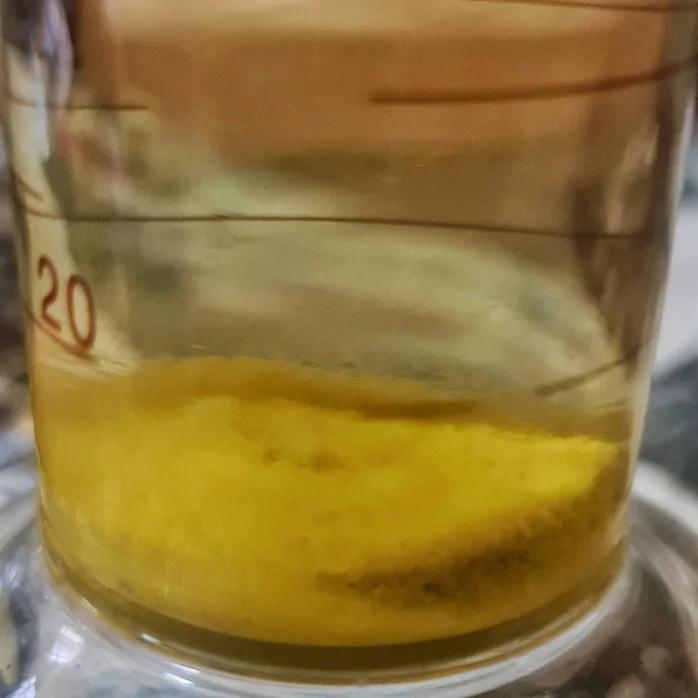
Other precipitates & sediments
Many herbs have constituents that are very soluble in hot water but not so in cold. They may settle out as a cloud and eventually find their way to the bottom. I had this happen a few times when experimenting with Mallow. There is a term in herbalism for all of this ‘stuff’ that settles to the bottom of the container it’s “Apotheme” but don’t mix it up with the term that is used in geometry though.
Some herbs will precipitate sediments after the addition of alcohol. This is in kind of the opposite to the reaction seen in the earlier parts of this post. In the case of herbs such as Dandelion, whose roots contain water soluble Inulin (a soluble fibre), the addition of or to alcohol will precipitate them out of solution because they are not alcohol soluble. These compounds tend to go into suspension and eventually settle to the bottom of your container. The easiest way to deal with them is to leave the tincture as it is but remember to shake the bottle well before dispensing so that the sediment goes back into suspension. It will make the tincture cloudy but that’s OK. Things like Inulin or Beta-glucans that act in this way need to be used via the digestive tract so will be fine as solid particles Beta-glucans can be found in many mushroom extracts.
I’ve heard of the same kind of thing happening with some root herbs such as Comfrey where some of the albuminous or mucilaginous material will precipitate out with the addition of alcohol to the water component. Fortunately, this material can be easily taken back into solution by adding strong alcohol
Some alkaloids are not very alcohol soluble so will fall out of solution easily. There isn’t much of a remedy to this problem once they have already precipitated but as mentioned on out tincturing page, the addition of a small amount (5% or so) of vinegar to the alcohol will help. If you’re working with tannin rich plants such as Blackberry leaves, some of the tannins may combine with other compounds and settle to the bottom. The addition of about 5-10% Glycerine to the tincture should prevent that.
I’ll add more to this page as I get a better hang on the chemistry of tincturing. Never stop learning!
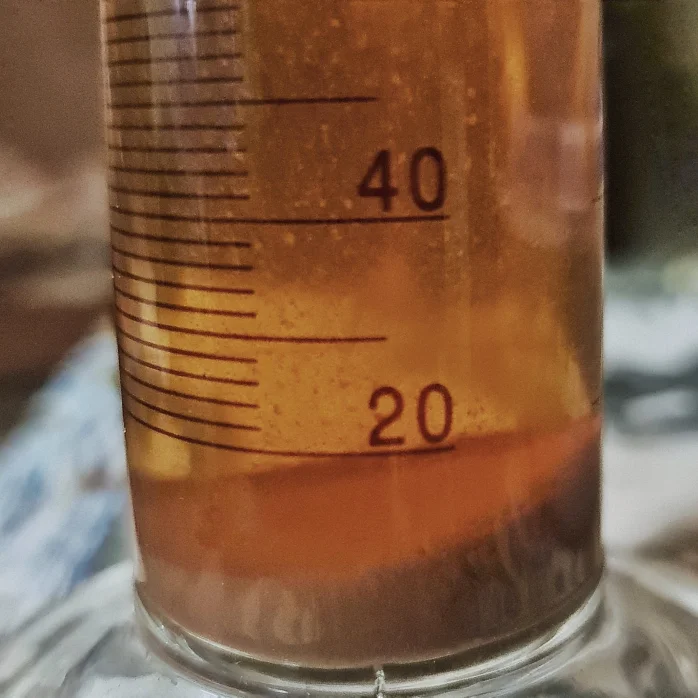





This post has been manually curated by @steemflow from Indiaunited community. Join us on our Discord Server.
Do you know that you can earn a passive income by delegating to @indiaunited. We share more than 100 % of the curation rewards with the delegators in the form of IUC tokens. HP delegators and IUC token holders also get upto 20% additional vote weight.
Here are some handy links for delegations: 100HP, 250HP, 500HP, 1000HP.
100% of the rewards from this comment goes to the curator for their manual curation efforts. Please encourage the curator @steemflow by upvoting this comment and support the community by voting the posts made by @indiaunited.
Good info to know! Another keeper!
I try to help! Have you seen my website Ligaya Garden. There's much more info there!
No, somehow I missed that! I've bookmarked it now.
Excellent. There's more info on the website than I can poke a stick at. I know, I tried 🤣
:))
Thanks for your contribution to the STEMsocial community. Feel free to join us on discord to get to know the rest of us!
Please consider delegating to the @stemsocial account (85% of the curation rewards are returned).
You may also include @stemsocial as a beneficiary of the rewards of this post to get a stronger support.